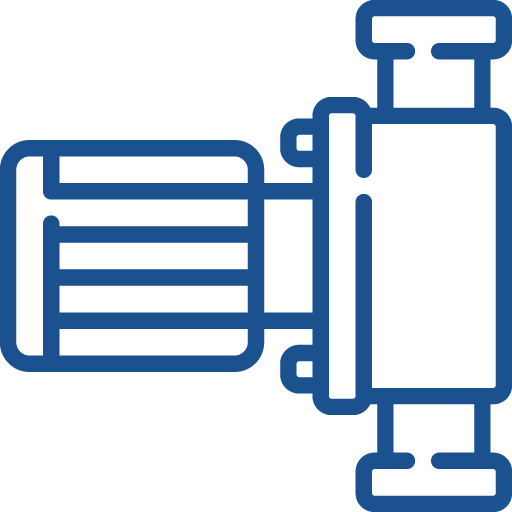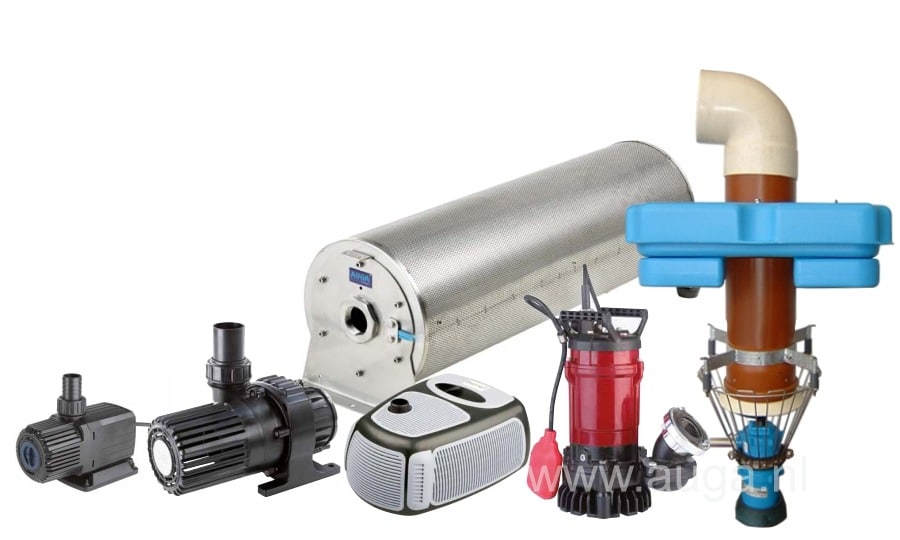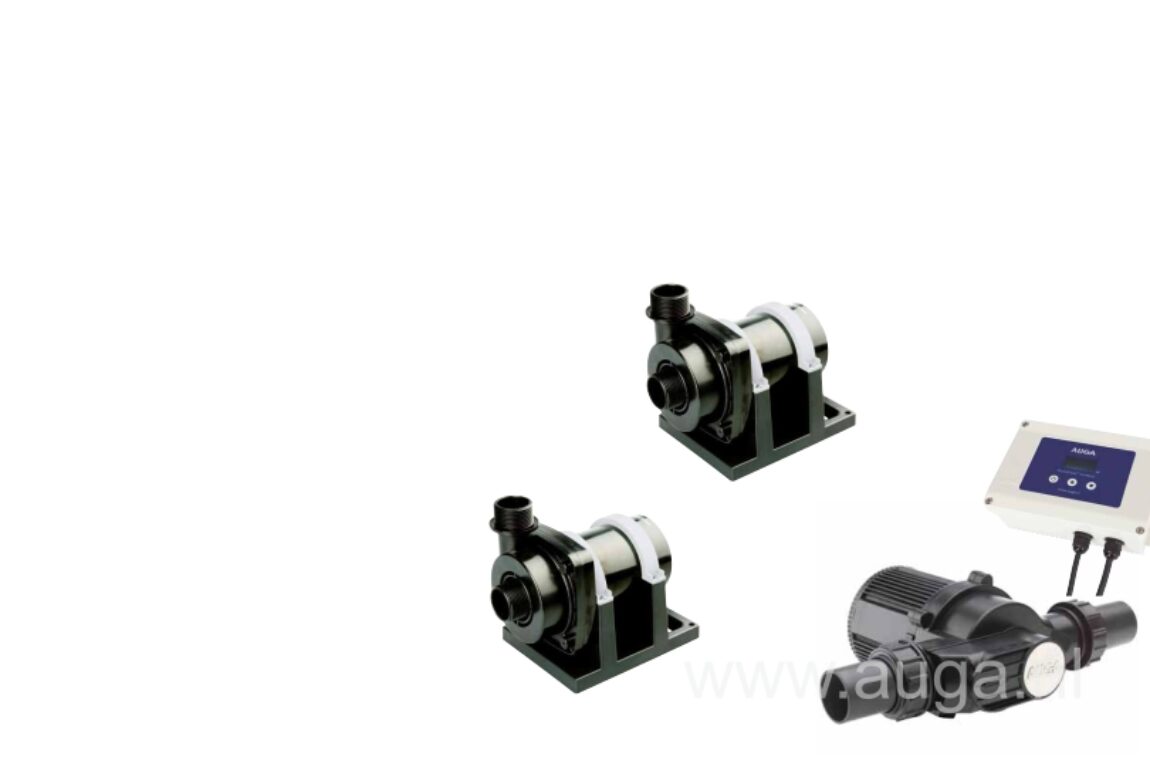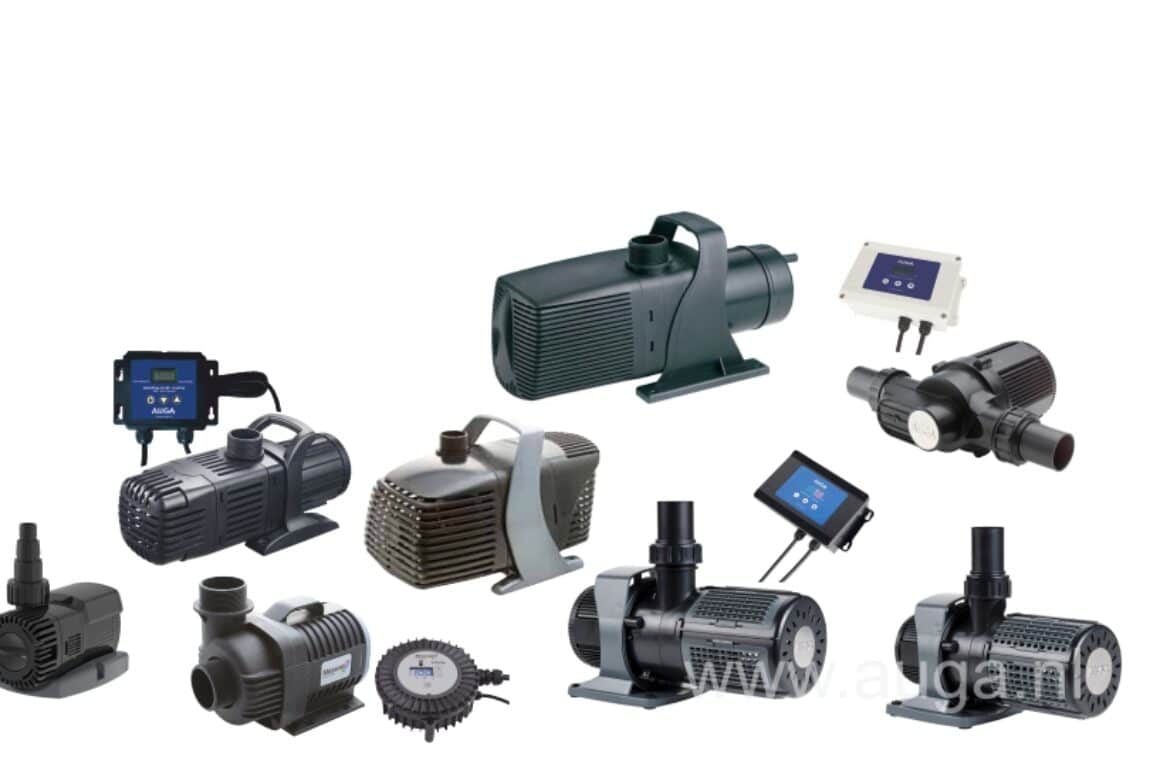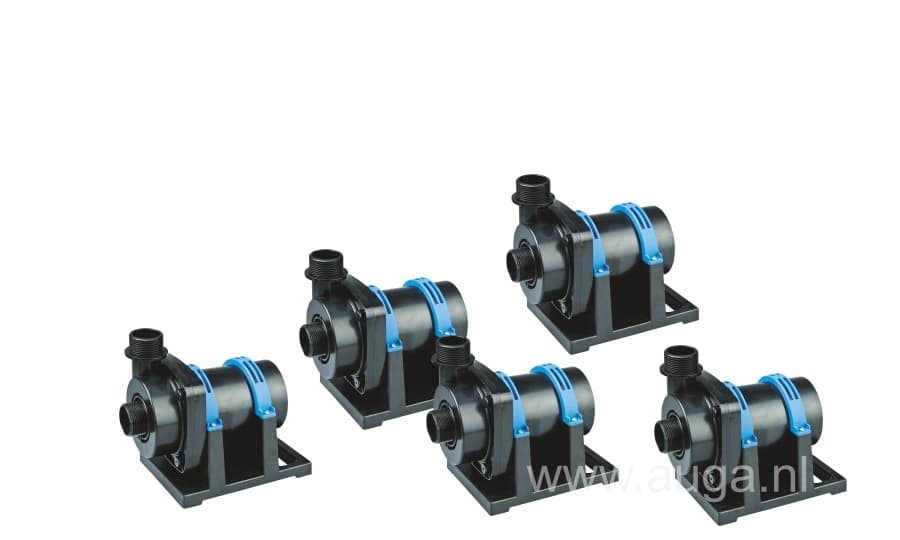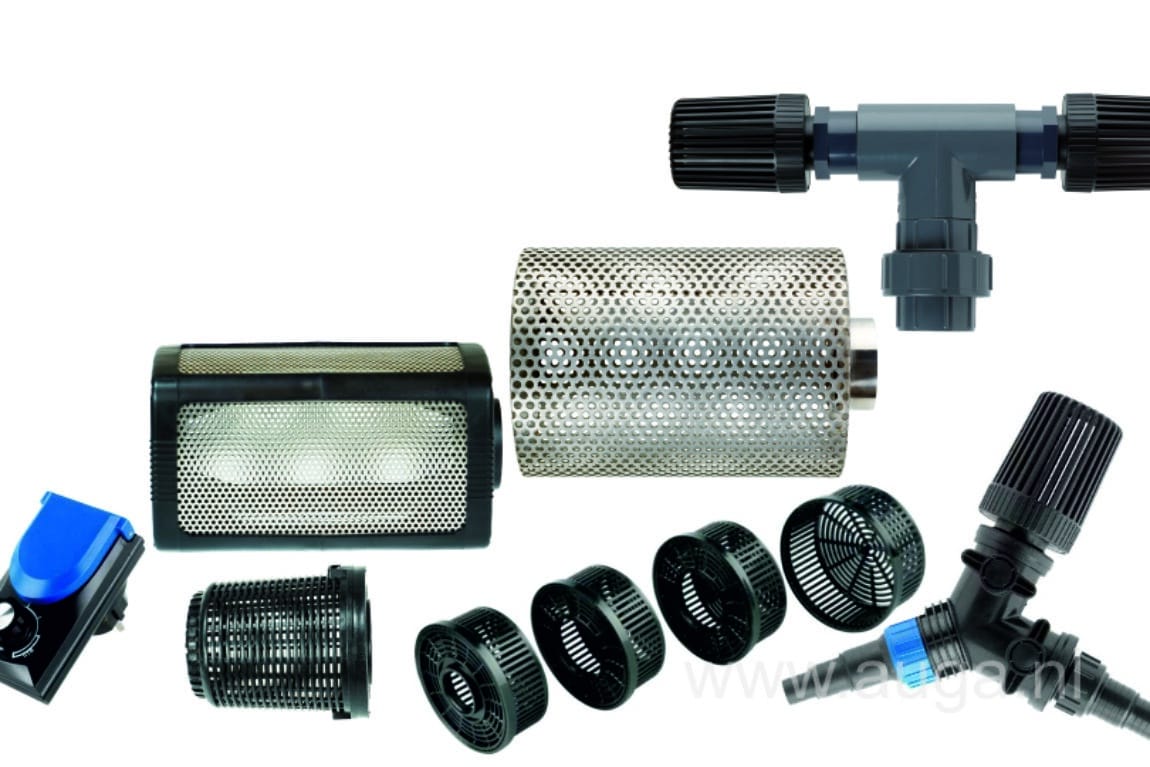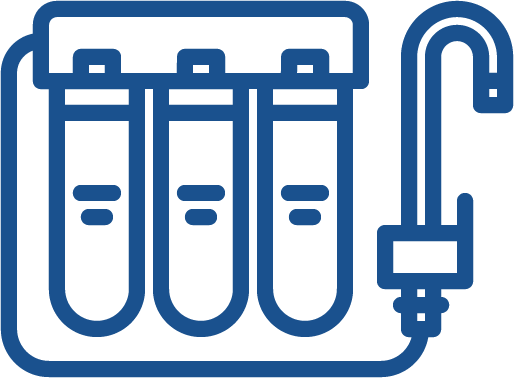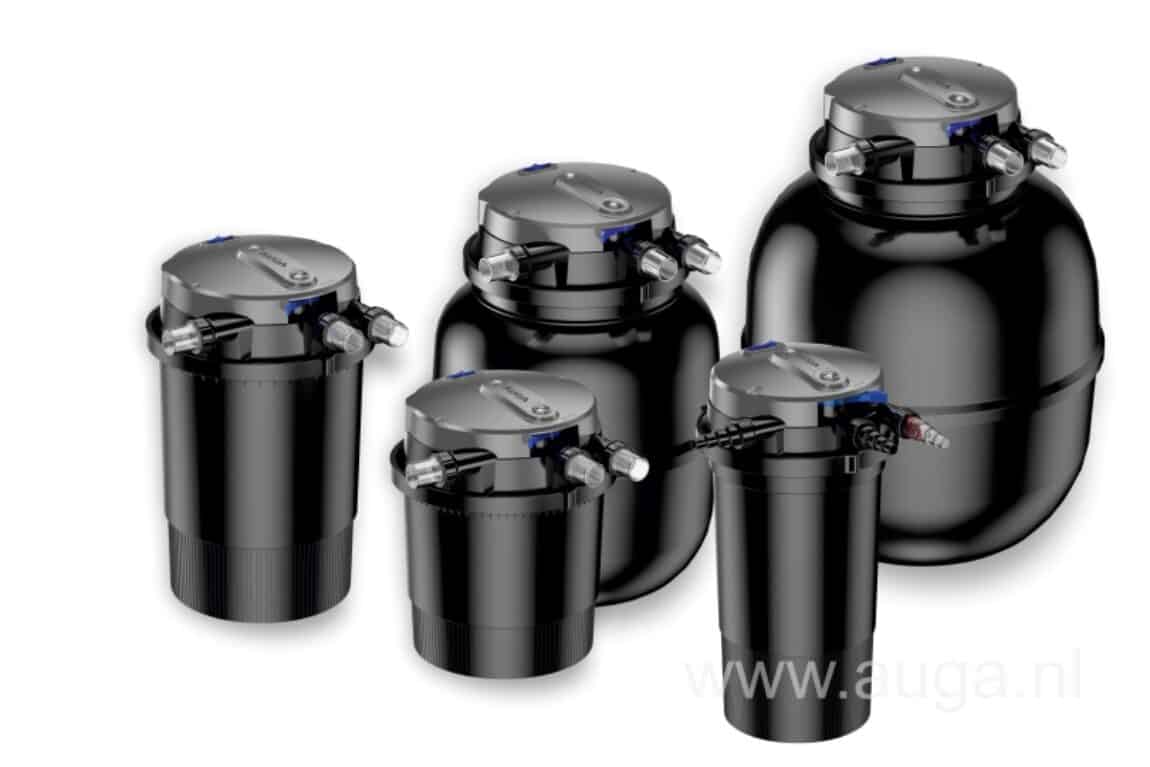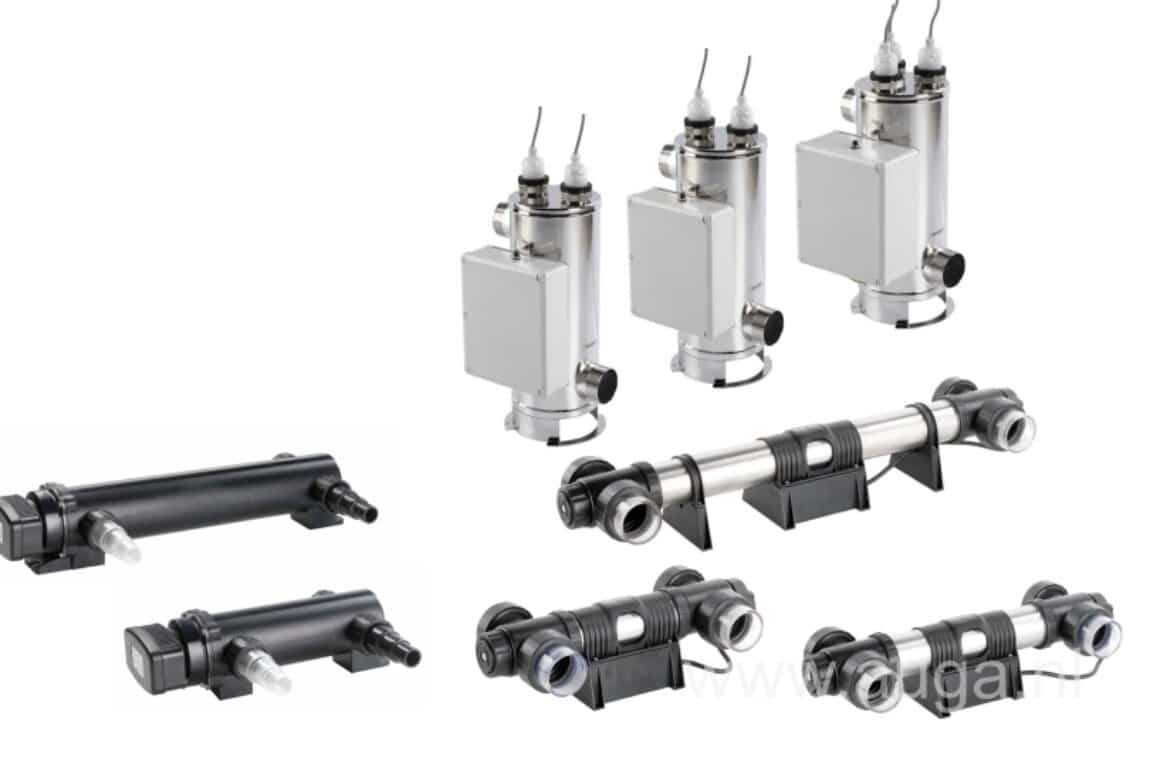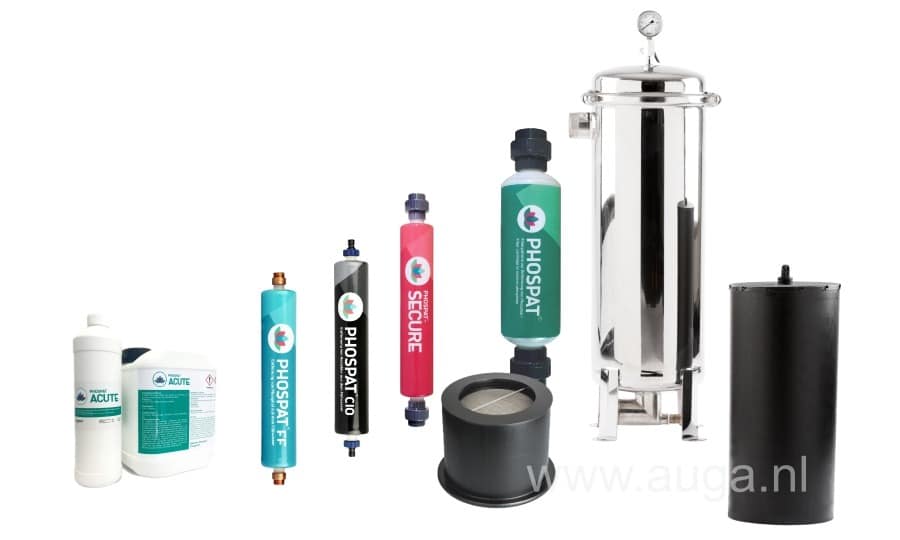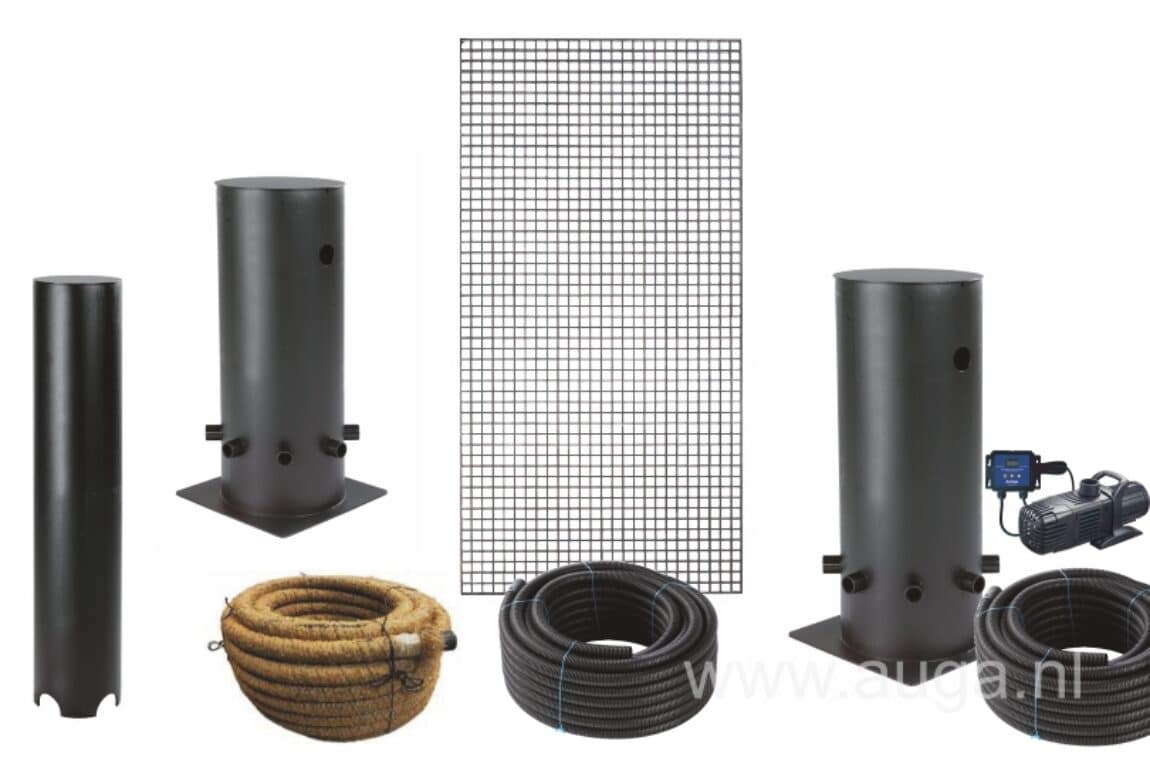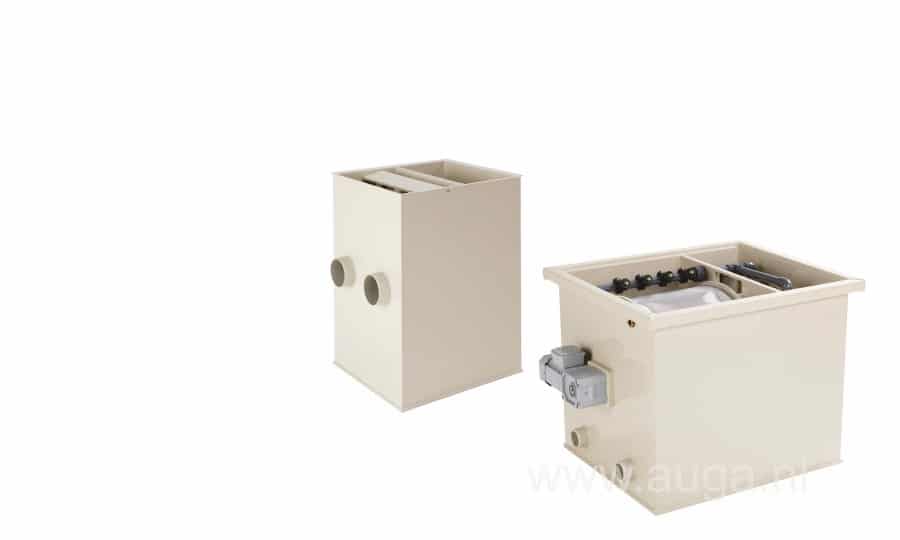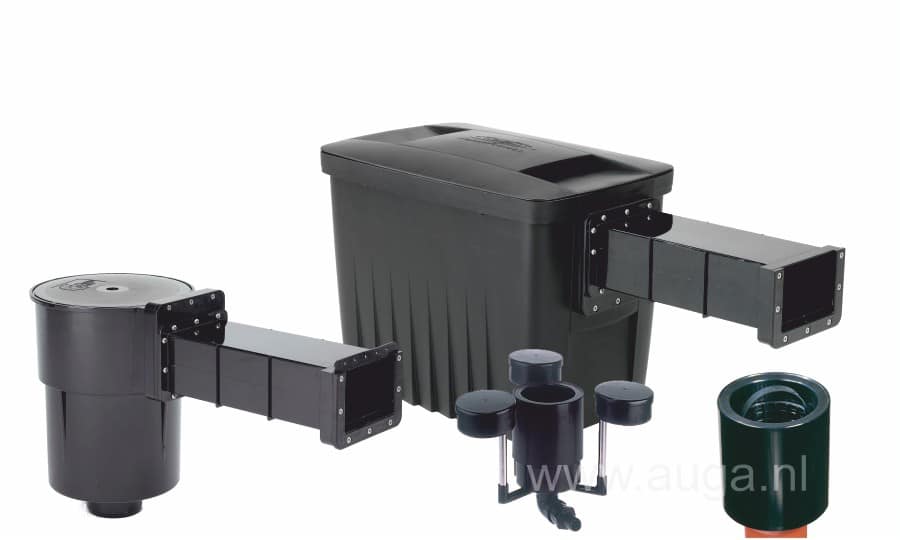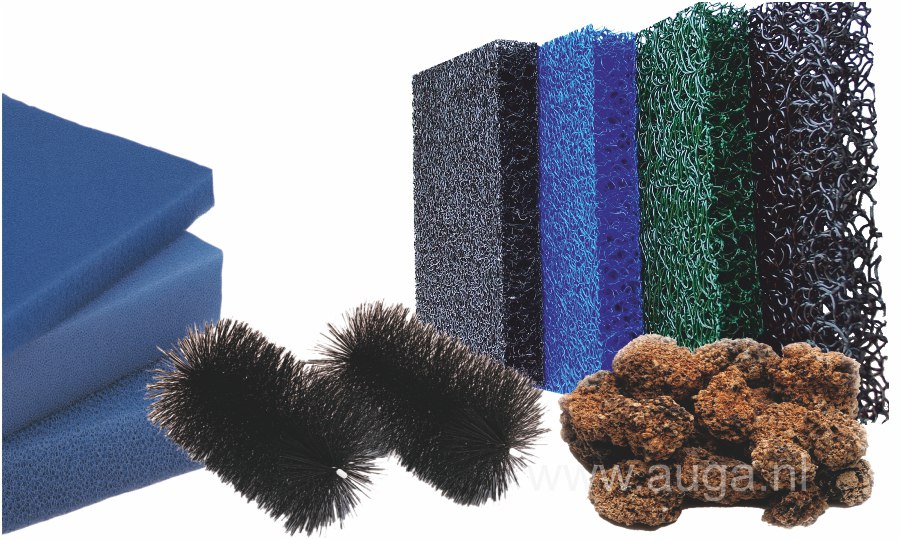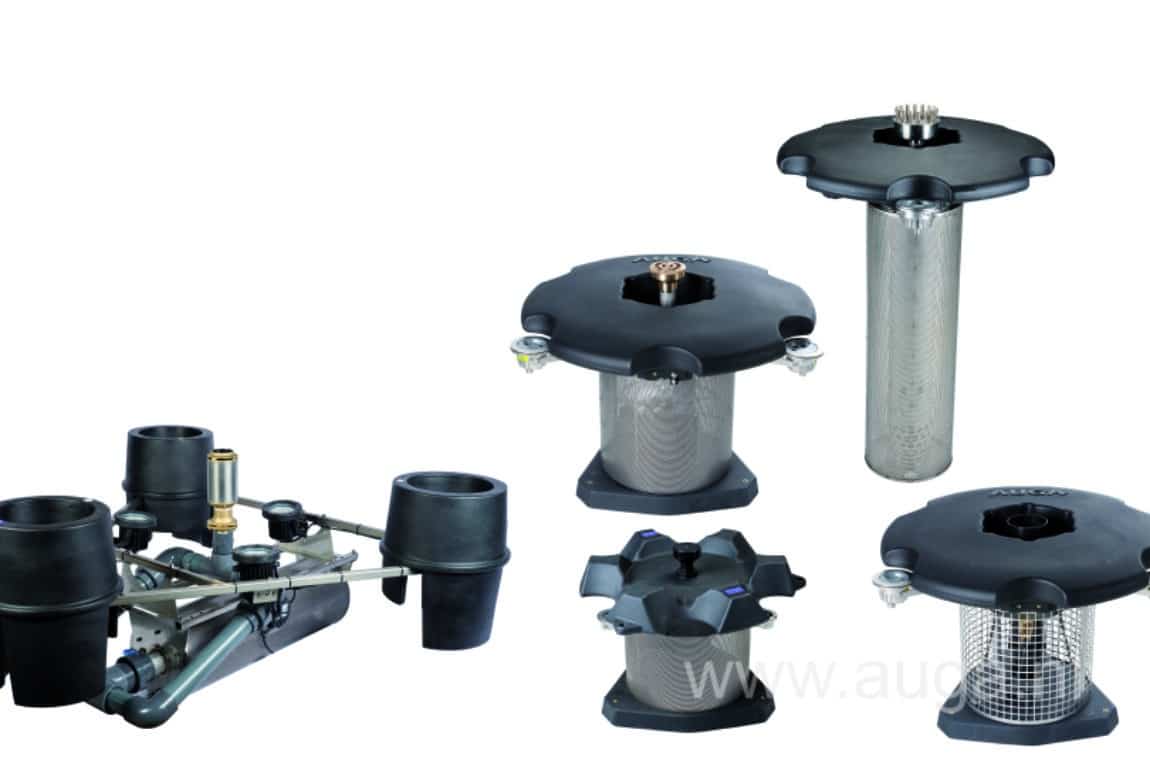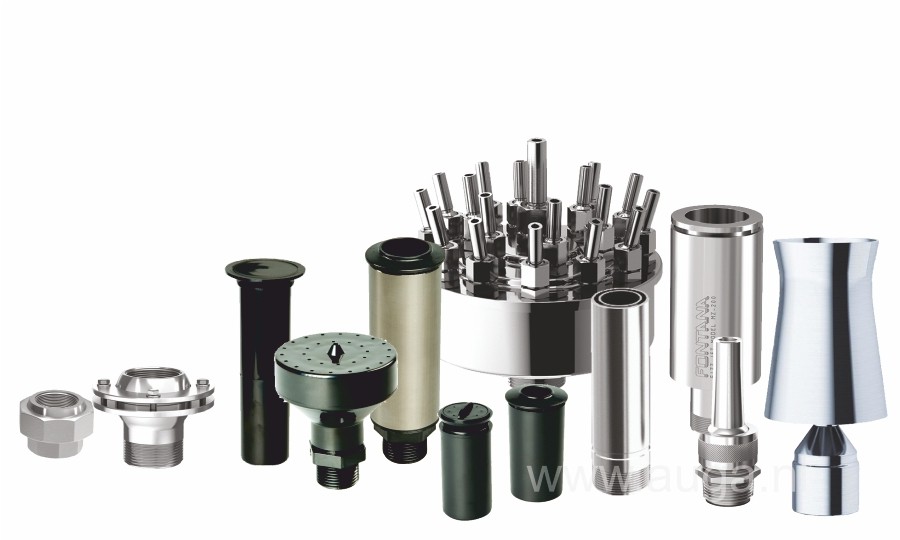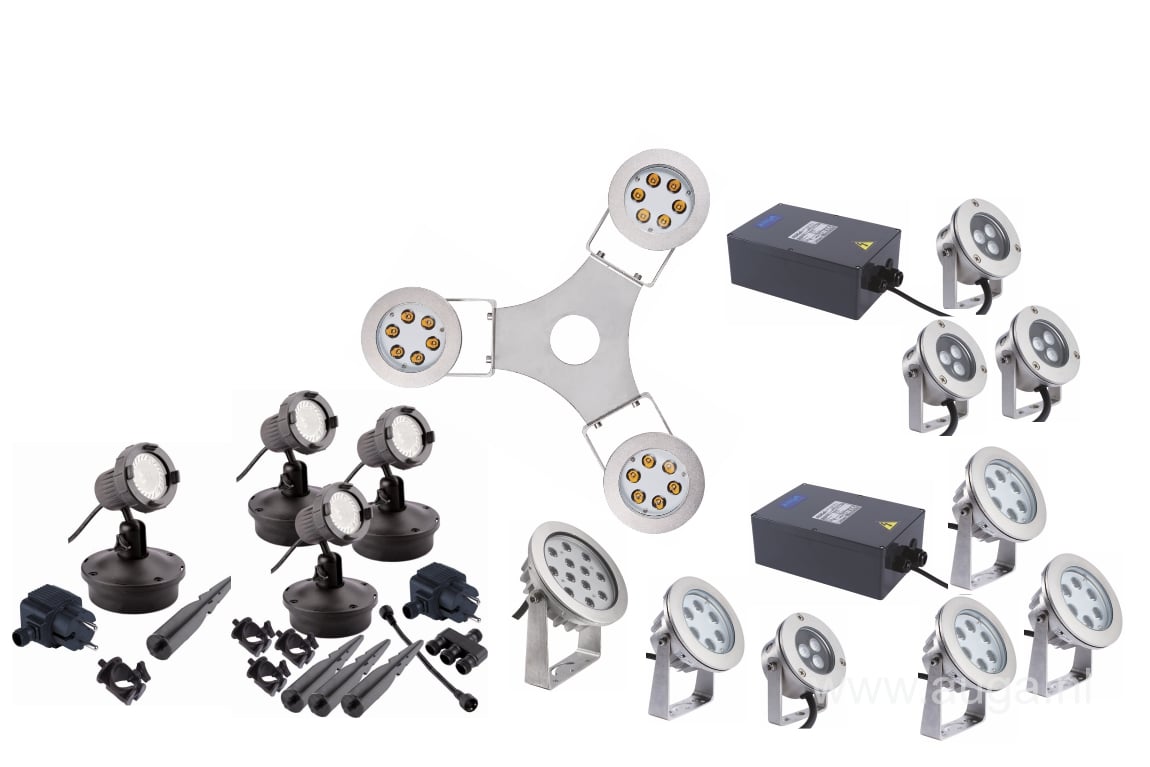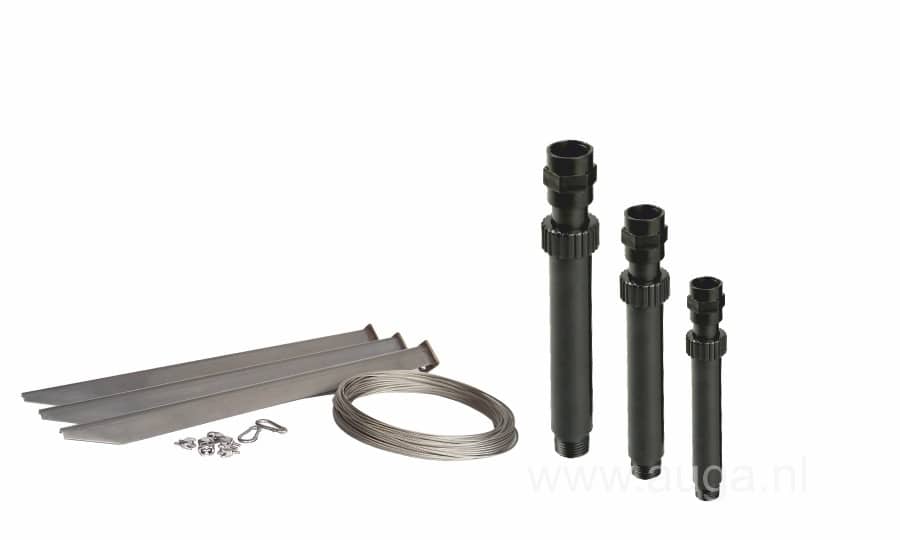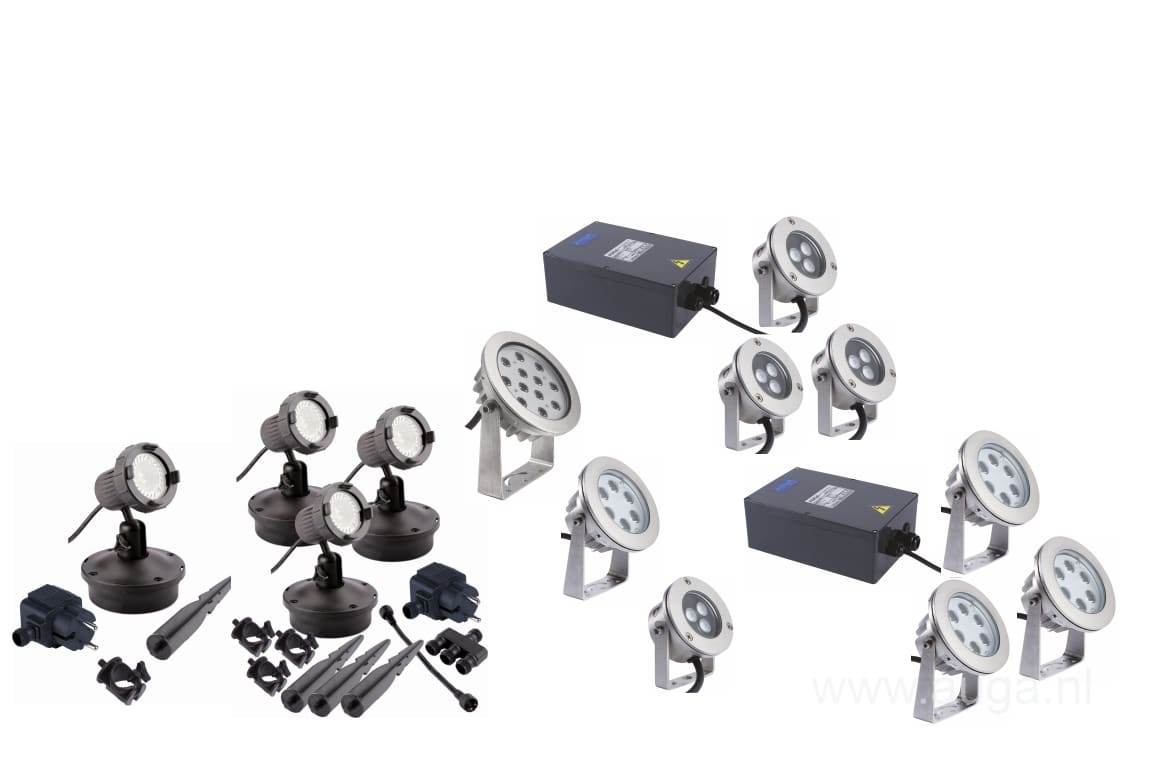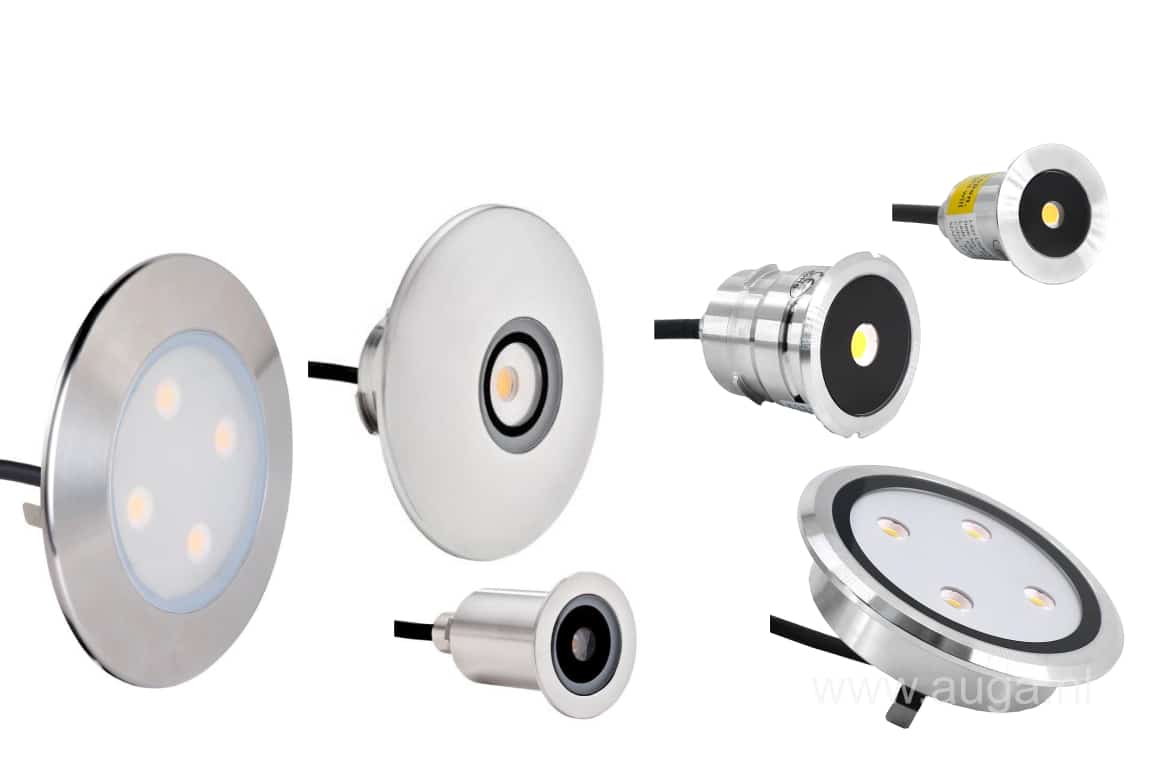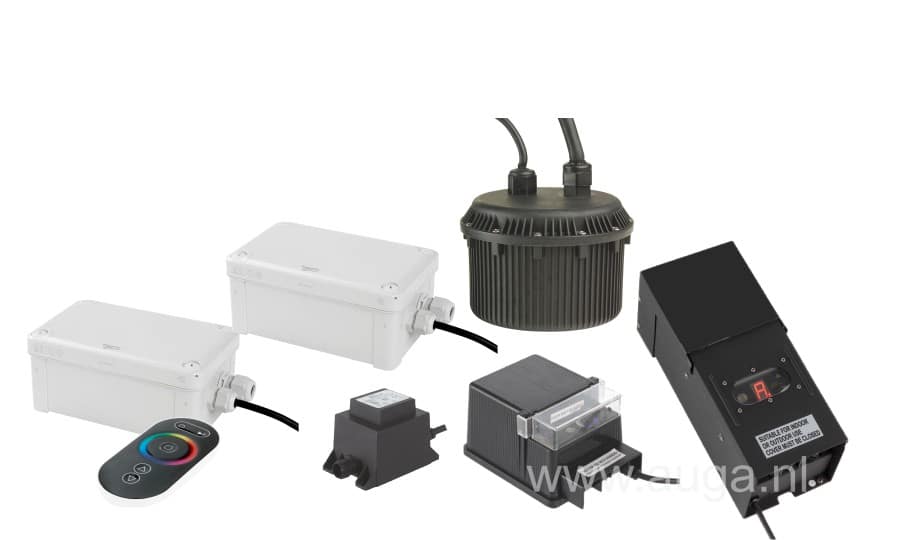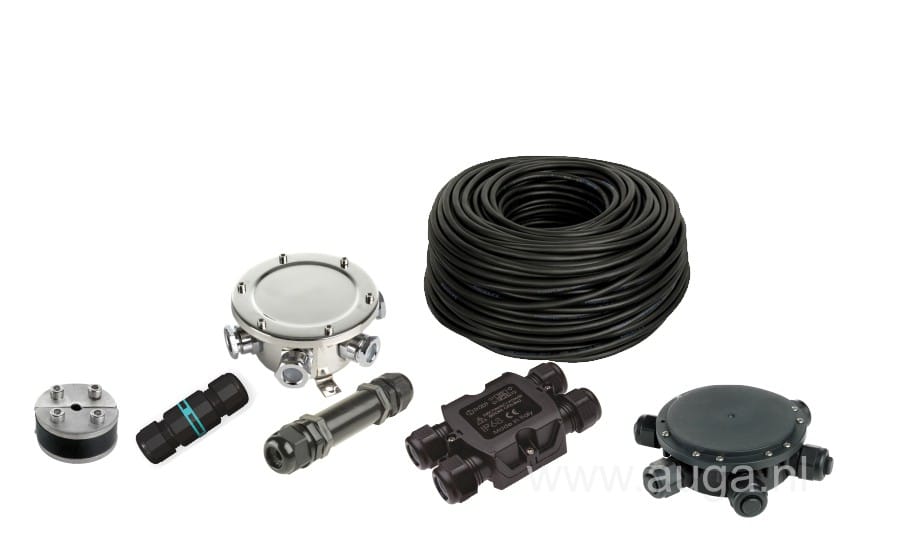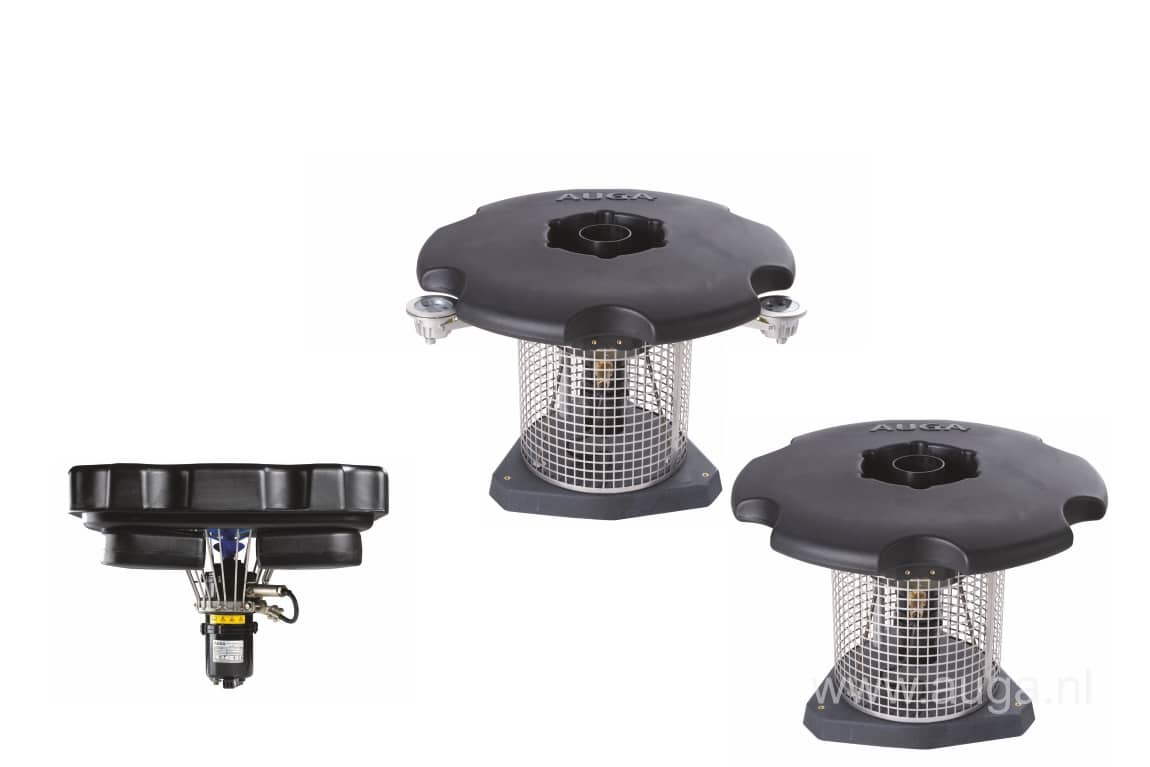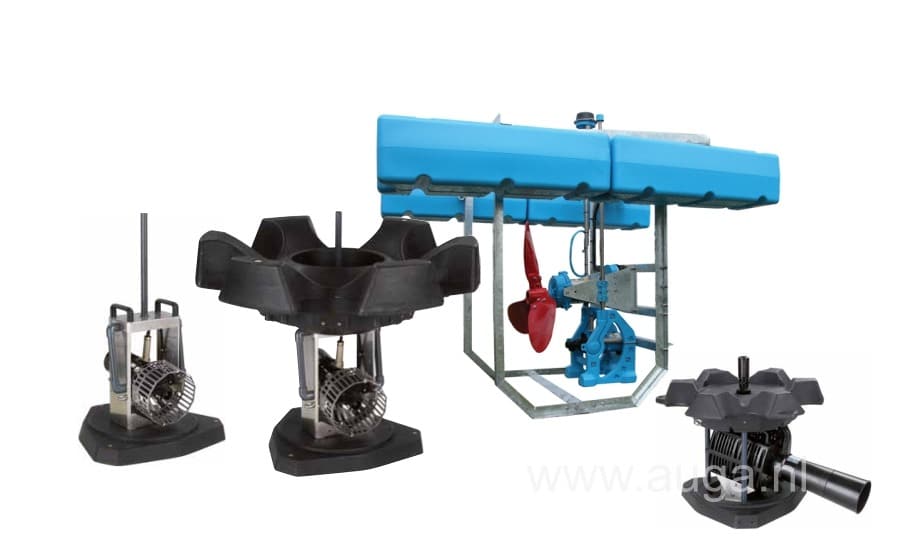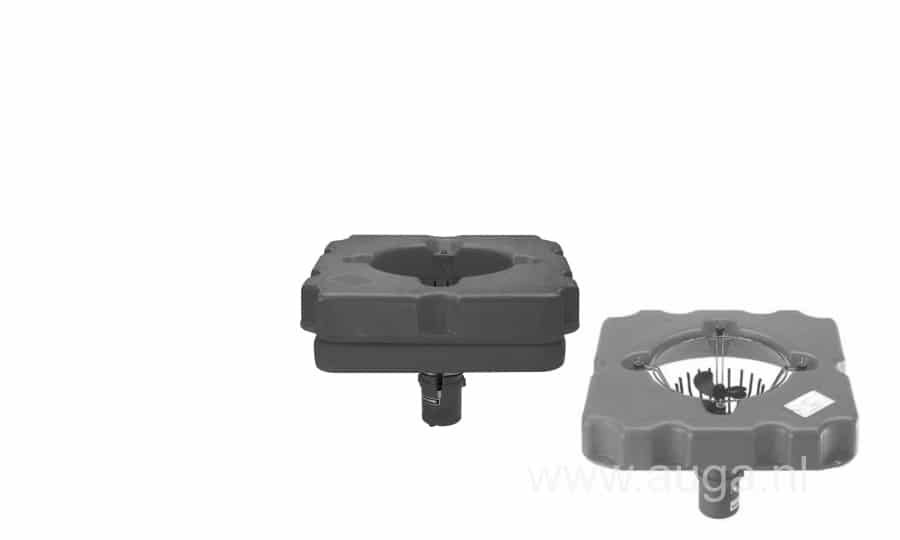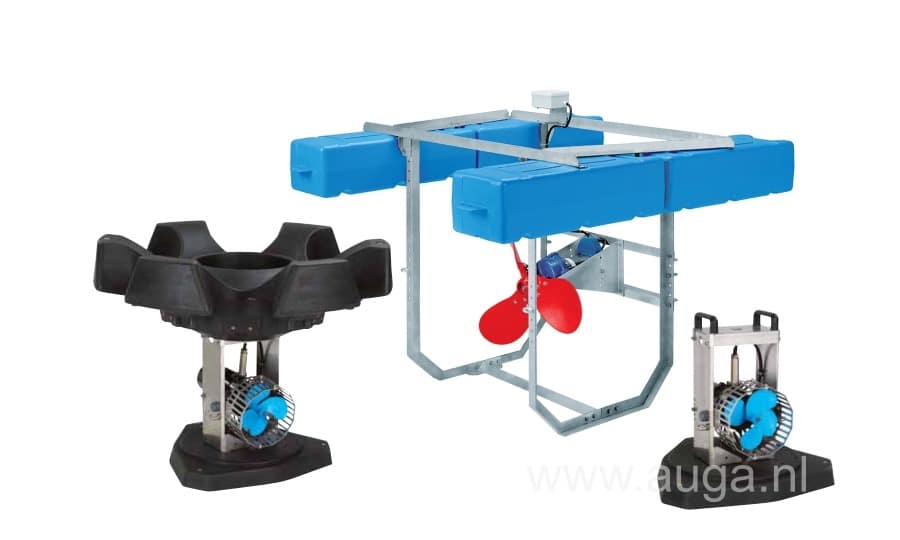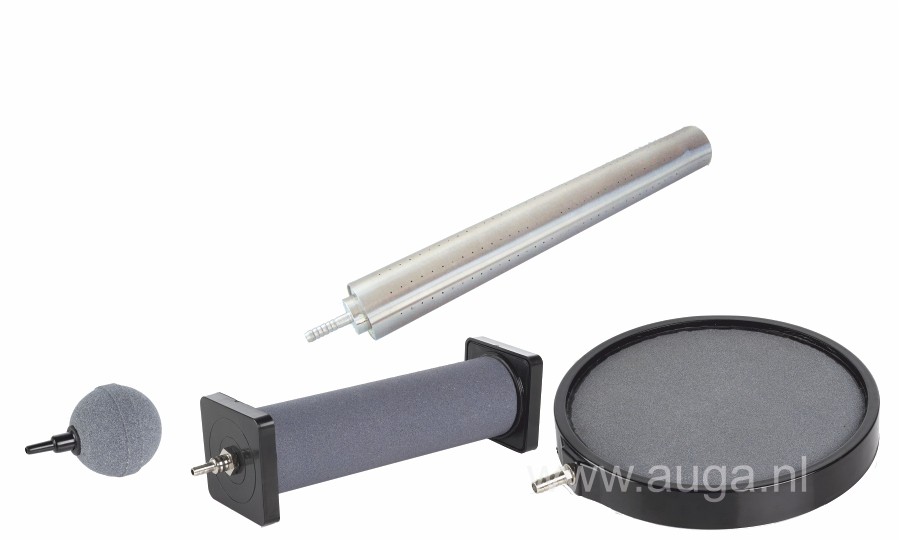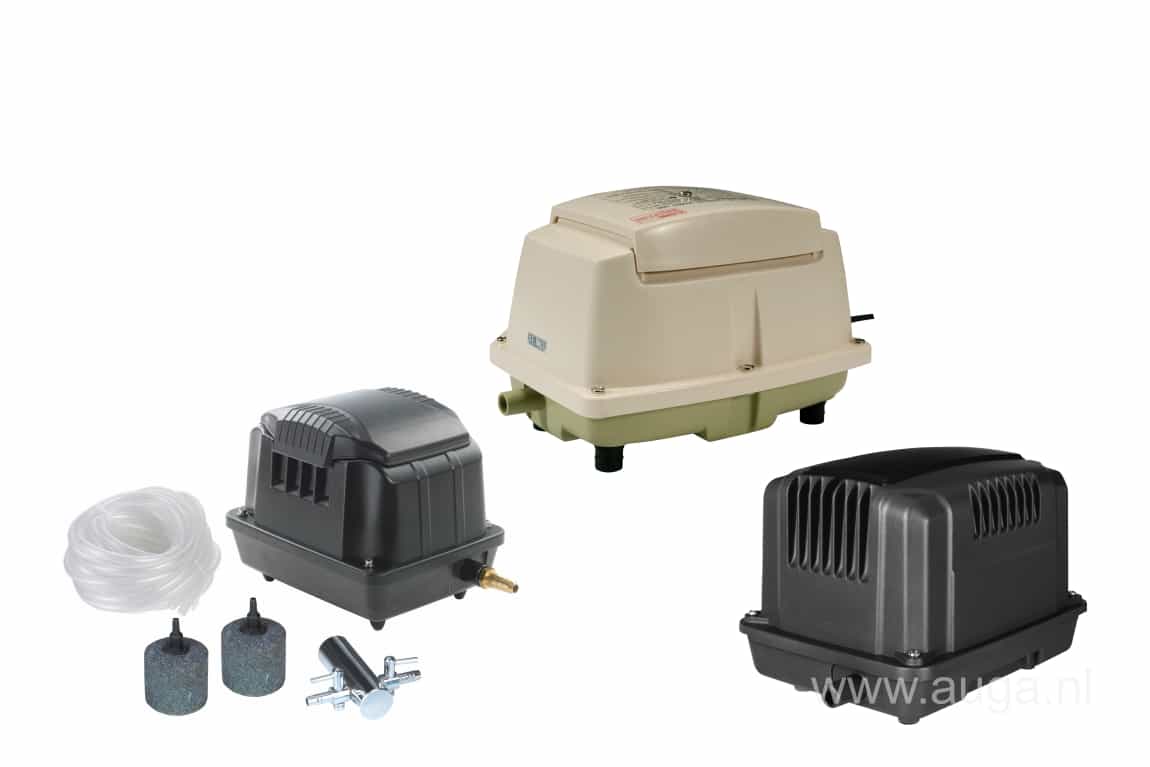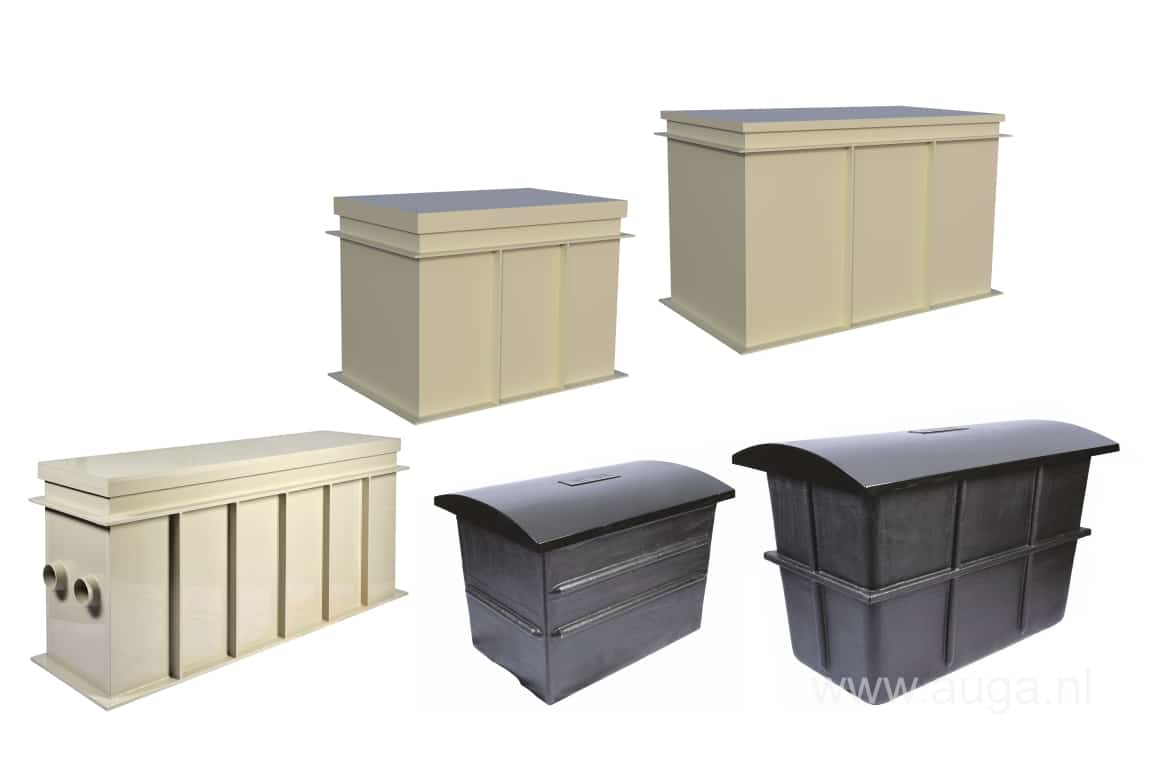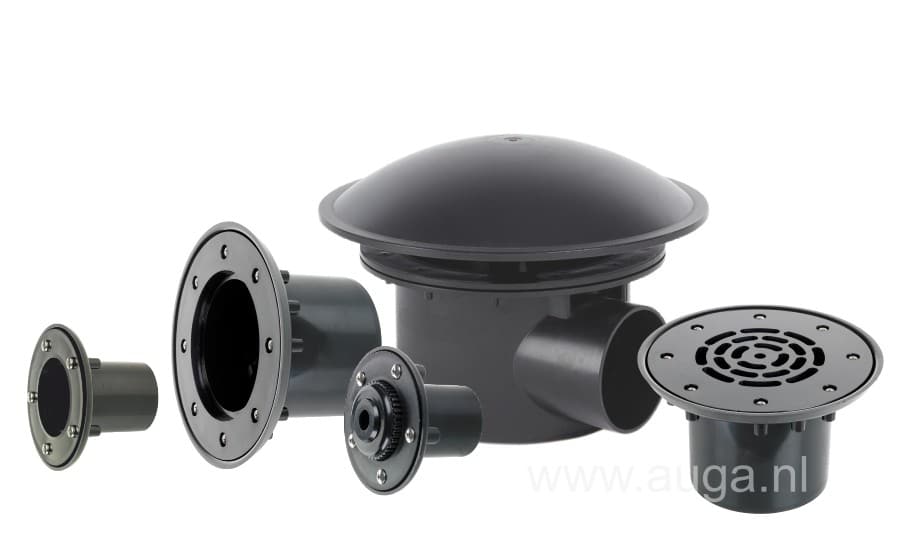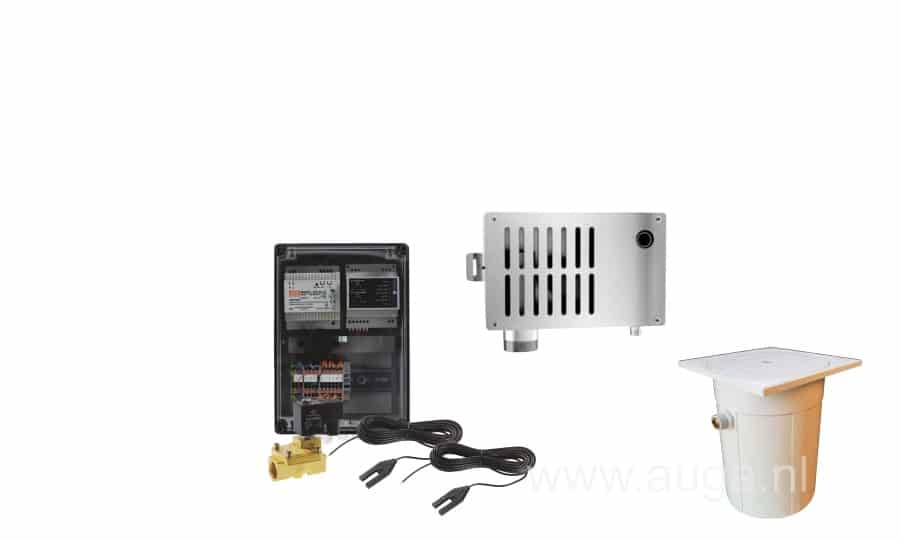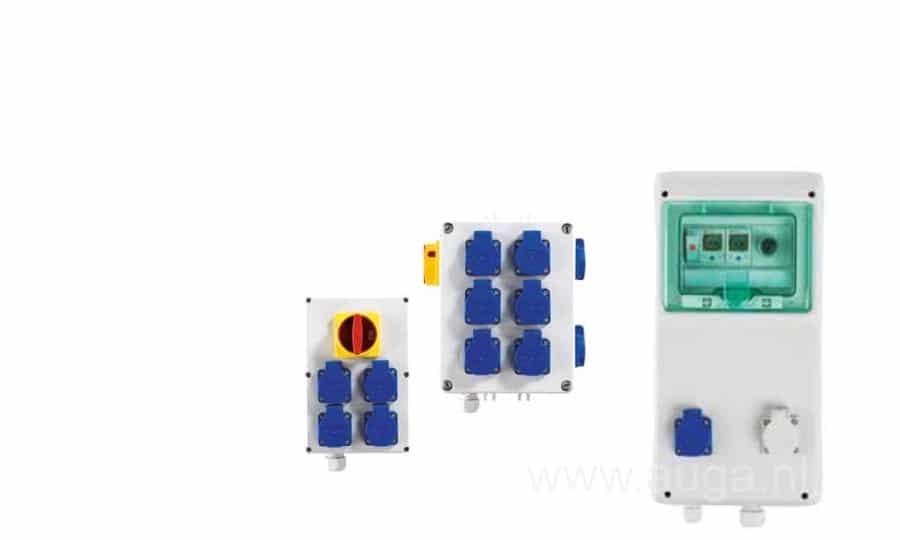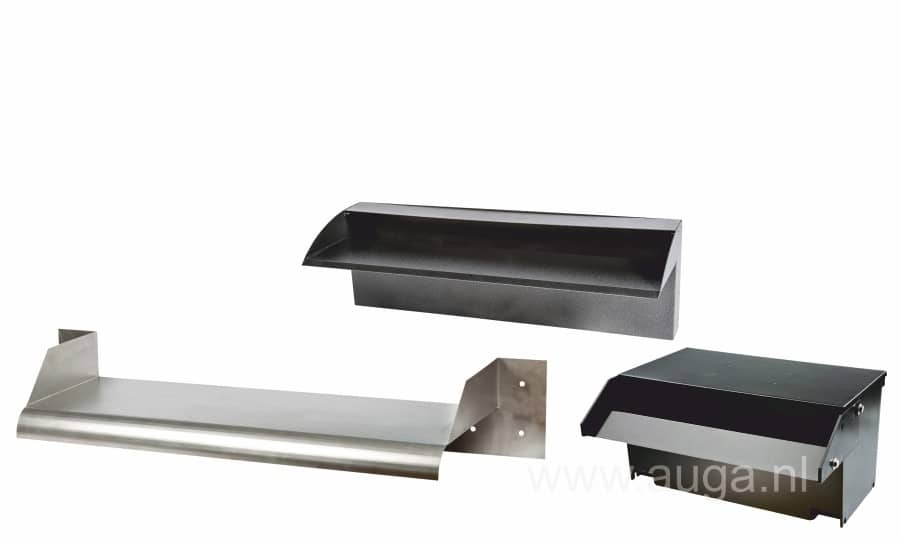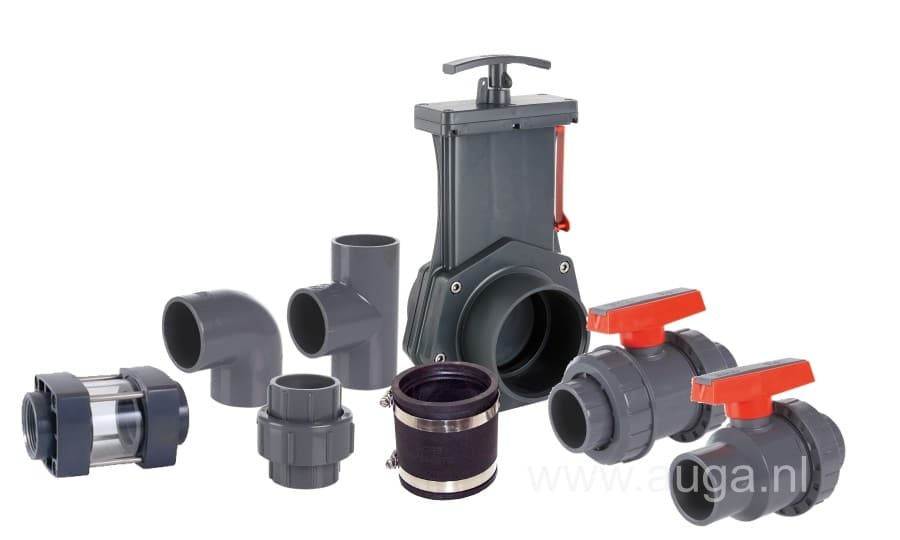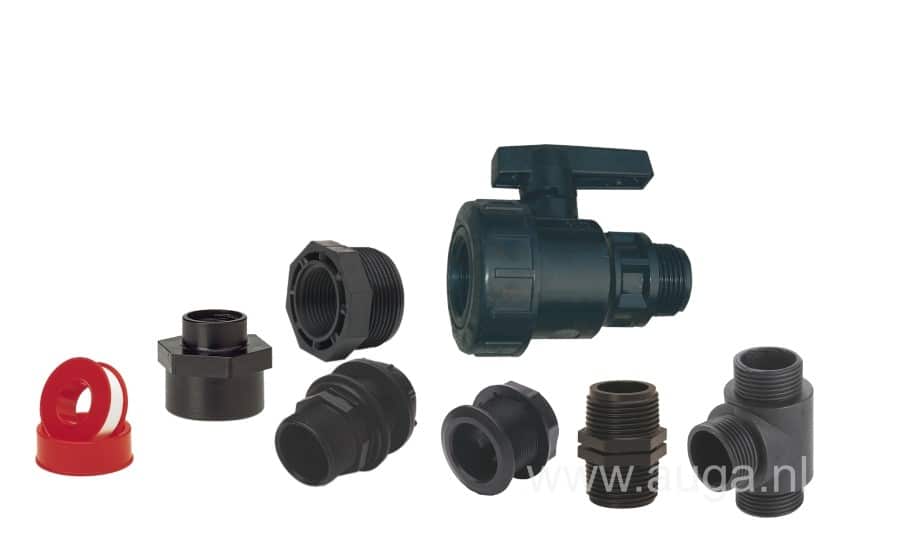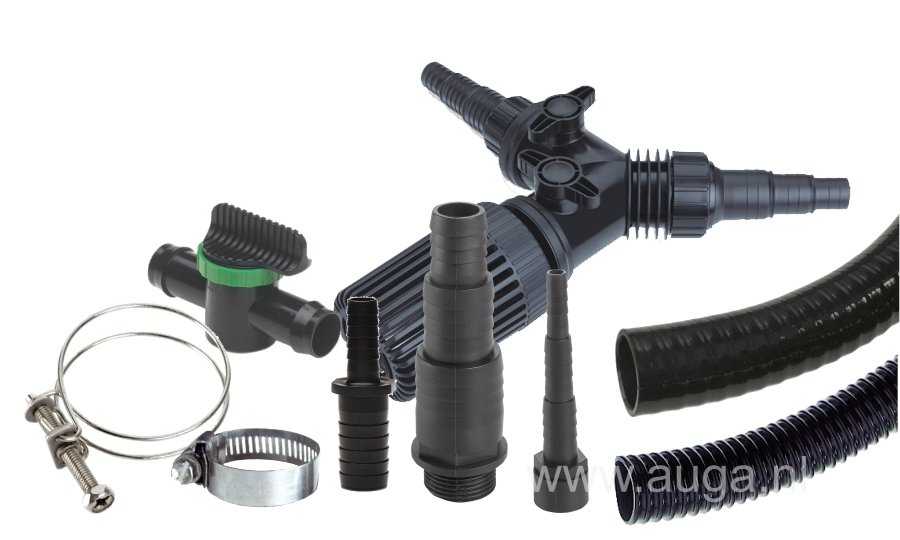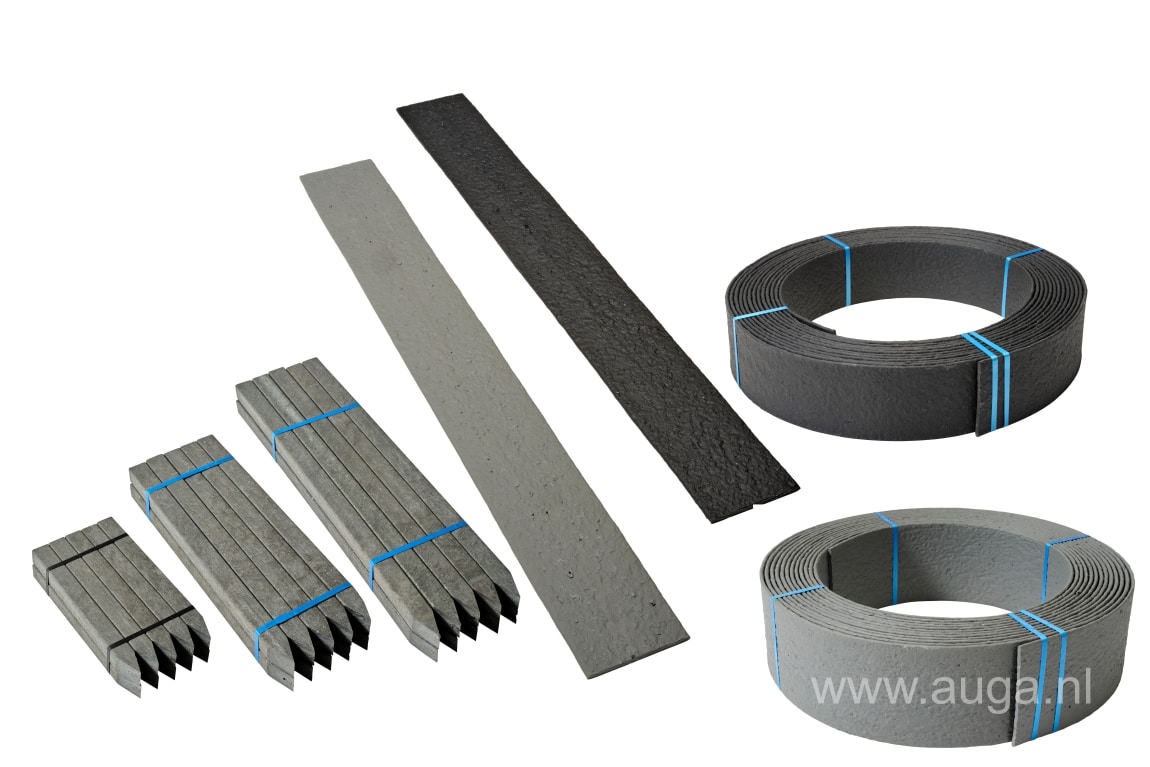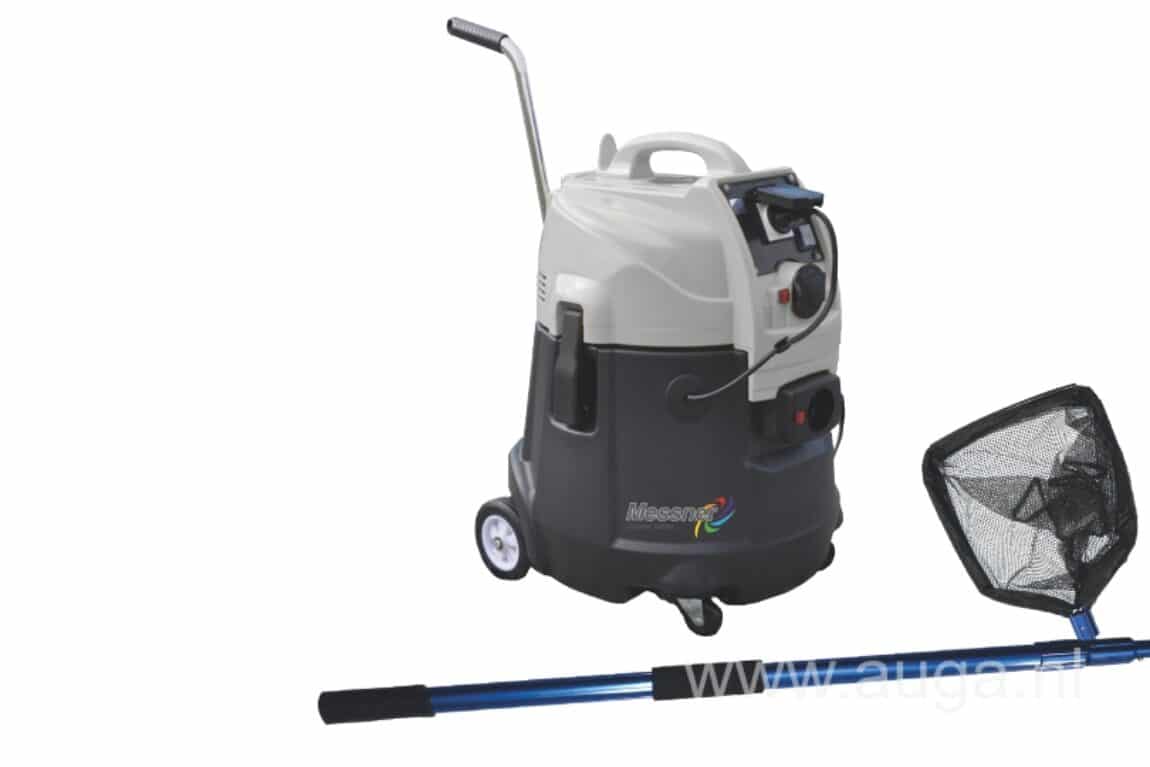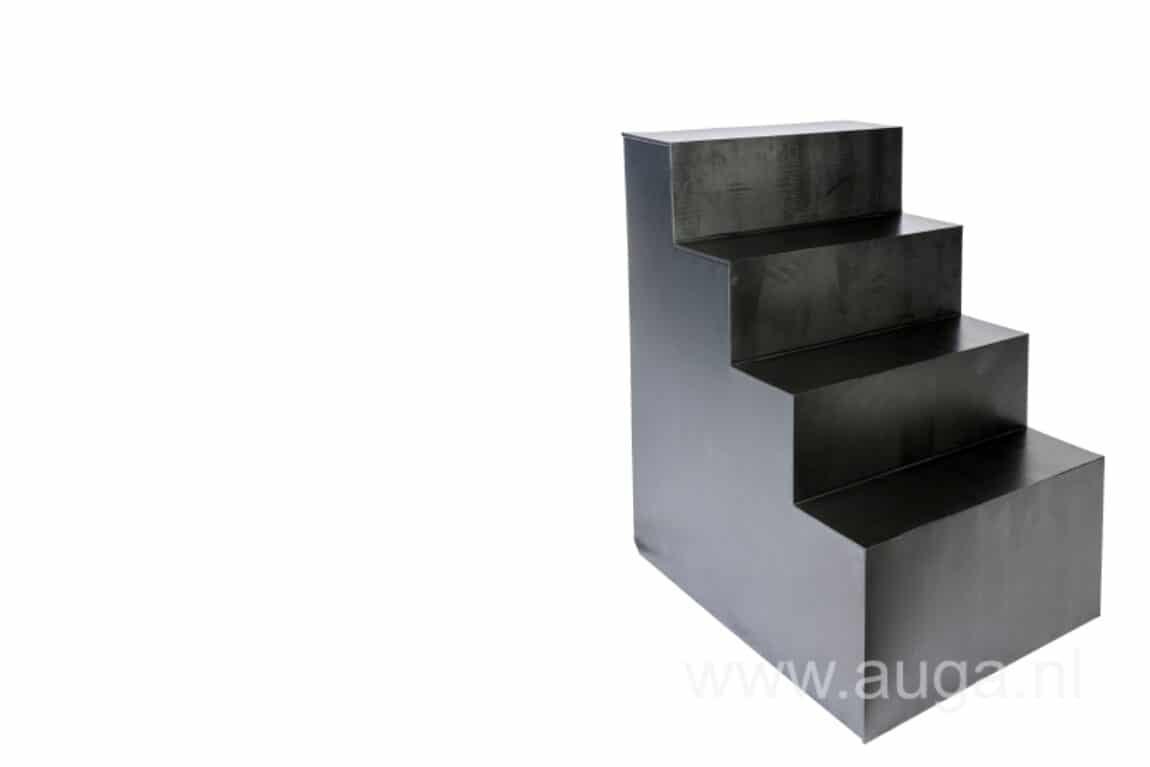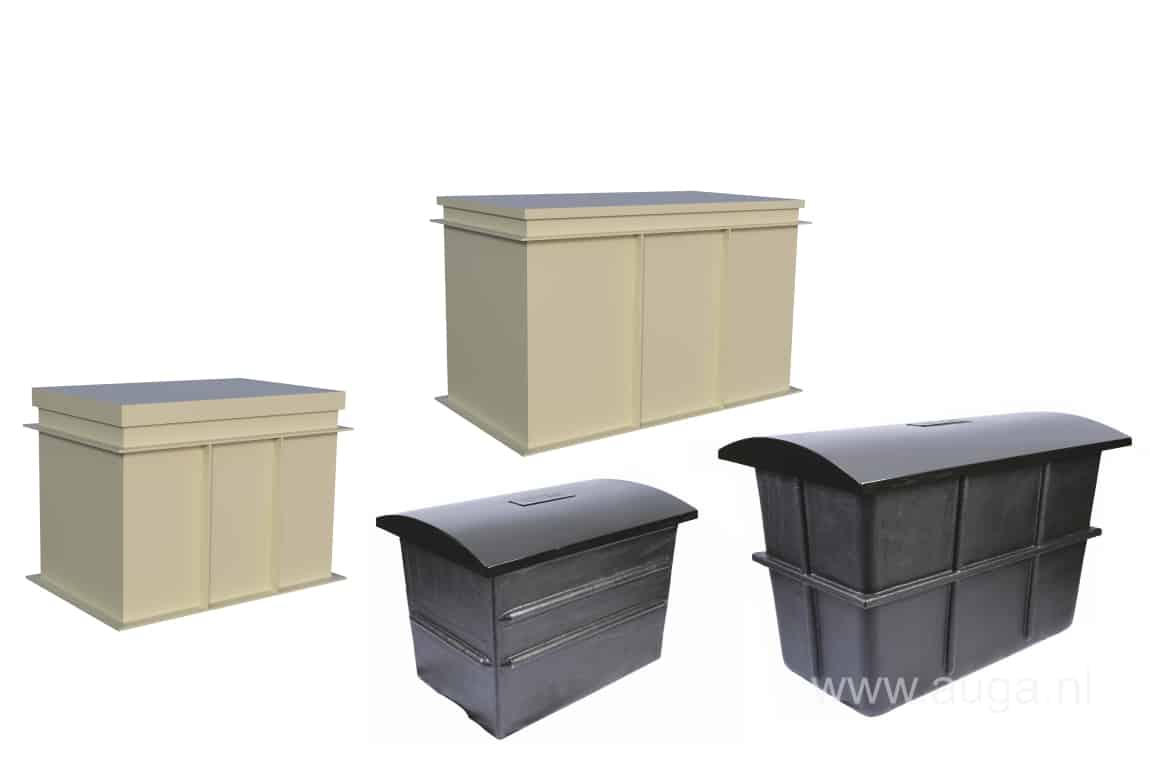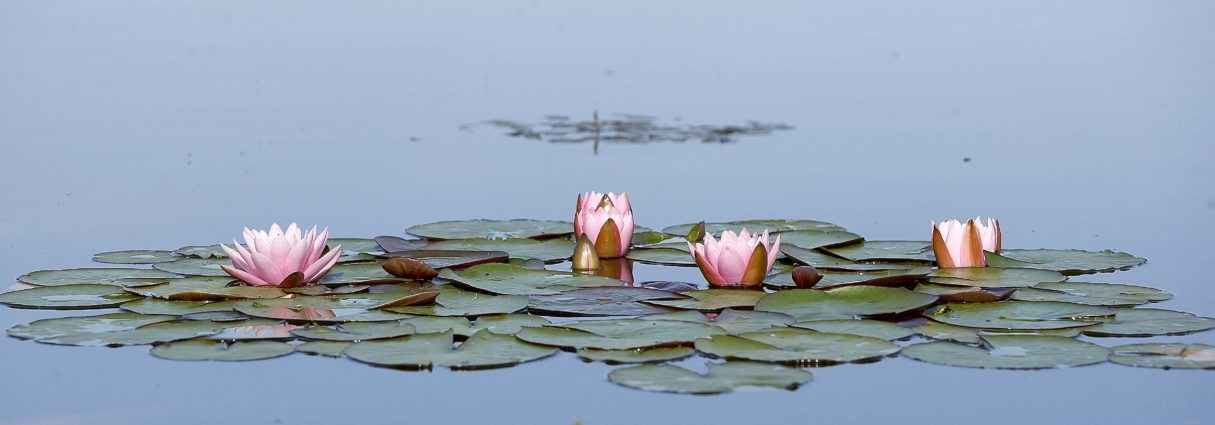How to winterise your (swimming) pond?
2 Nov 2023Swimming Pond: Ready for Winter?
Maintenance and Cleaning
Preventive Measures:
With the transition from the lush summer season to winter, ponds are often inundated with fallen debris and leaves. Pond owners have work to do because everything that falls into it needs to be removed as well! Additionally, it’s time to trim water plants, perform maintenance, and prepare all equipment for the winter.
Don’t wait too long because winter can unexpectedly arrive, with the first frost on the horizon!
Proper winter preparation results in a better start for your pond in the spring and prevents frost damage to pumps, filters, pipes, and other installed devices.
AUTUMN WINTER FROST
 Recurring Cleaning Tasks
Recurring Cleaning Tasks
Skimmers, Sieves, Bottom and Wall Drains
It is important to regularly clean the baskets of pond skimmers. This also applies to all other intake points, such as strainer baskets, bottom and wall drains located in the pond. Keep checking and cleaning them as long as leaves are falling into the pond.
Sieves have a lot of work to do in the autumn due to the abundance of debris. The same goes for downflow helophyte filters added to the pond. Keep inspecting and cleaning them as long as leaves end up in the pond.
A clogged sieve can disrupt the water supply to the pond pump. With decreasing water supply, a pump may shut down due to built-in temperature protection and, in extreme cases, even break down. This should be avoided.
Cleaning the Bottom and Walls
Remove plant and leaf debris from the pond bottom, which can be done effectively with a pond vacuum. Also, ensure that deposits on the pond walls are removed.
 End-of-Season Tasks
End-of-Season Tasks
Water plants
Trim the water plants back to 5-10 cm above the water level and remove plant and leaf debris from the marsh zone. Leaving this material can lead to rot, which is conducive to the growth of algae and weeds.
In the spring, you can completely clean the lava bed by adding Bio Boost, a 100% natural mineral product with strong biological activity that neutralizes acidity and restores the soil’s pH.
Water Quality
Check the GH value (water hardness) of the water, which should remain around GH 12°. Autumn and winter precipitation can acidify the pond environment and lower the GH value. This can be corrected with a GH+ solution, as a low GH value can contribute to algae growth, among other issues.
 Prevention during Prolonged Frost
Prevention during Prolonged Frost
During prolonged frost, there is a risk of freezing and damage to all water-bearing devices and pipes. Preventive measures should be taken now!
One option is to insulate pipes and devices with insulation material, such as bubble wrap, although this does not provide a 100% guarantee. Because the entire biological system is in “winter rest,” the technology can usually be turned off.
Procedures for shutting down the system include:
– Completely shutting down the electrical system.
– Closing the valves for the supply and return lines.
– Lowering the water level in the swimming pond below the level of the skimmers and other water inlets in the pond wall where water can freeze.
– Removing water from all water-bearing devices and pipes.
– Removing rainwater from a technical pit.
– Pipes and devices should no longer fill with water, even in light rain.
– After all existing technology is turned off, annual maintenance can be performed.

 Equipment Maintenance
Equipment Maintenance
Pond Pump
As the water temperature drops, the capacity of pond pumps may decrease. An adjustable pump makes this easy and also saves energy and costs. The pump remains active as long as there is no risk of freezing. Flowing water benefits the bacterial culture in the plant filter, helping it survive the winter and enabling a quicker restart in the spring.
UV-C Device
The UV-C device is turned off at low temperatures to save energy and extend the lamp’s lifespan. The lamp is filled with a special gas to generate UV-C radiation. The lamp’s effectiveness decreases after about 8,000 operating hours as the gas is depleted. Therefore, autumn is a suitable time to replace the UV-C lamp and clean the quartz glass according to the instructions since limescale can reduce the radiation’s effectiveness. Ensure that the correct lamp power is placed in the UV-C unit, as the device’s transformer is designed for it. If there is no water in the housing, it should not be disassembled.
Pressure Filter
Carefully remove the lid of the pressure filter with an integrated UV-C lamp and the foam filter pack from the housing. The pack can be heavy if it is heavily soiled. Clean it as directed and store it in a dry and frost-free place. Remove residual water from the empty filter housing to prevent freezing.
Sieve
Thoroughly clean the stainless steel sieve on the front and back with a brush and reinstall it. Remove accumulated dirt from the housing and let the residual water drain.
Drum Sieve
Clean the sieve cloth and water nozzles. Let the remaining water from the drum sieve drain.
Air Pump
An air membrane pump draws in outside air, which is filtered by an air filter. This filter may be mounted under a removable lid on or under the pump. Replace the air filter if necessary. If the air capacity decreases, the rubber membranes are worn out and need to be replaced. Store the air pump in a dry and moisture-free place. If possible, remove above-ground air hoses and store them dry. Porous air stones cannot be cleaned. If air flow decreases, it is wise to replace them, as the pump will otherwise have to work harder to push air through the stones, accelerating wear on the rubber membranes.
Built-in Lighting
Built-in wall spotlights can remain in place since pond ice exerts less lateral pressure. Remove any algae from the glass. Pond lighting adds an atmospheric touch in the winter.
Water Supply
You can shut off the water supply to prevent freezing of the faucet/float line. Remove residual water from the line and float housing.
For more information, please contact AUGA.
Please note that further developments and technical changes are subject to change. Maintenance advice for technical equipment is based on AUGA products and should not be automatically applied to other products/brands. No rights can be derived from this advice.
Publication Date: November 2023
Typographical errors reserved.

